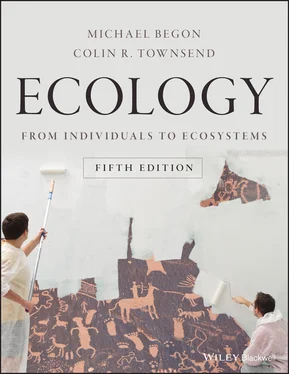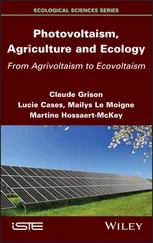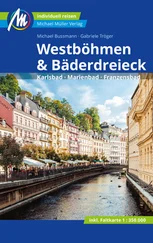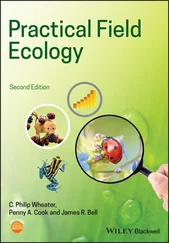aquatic biomes?
All of these biomes are terrestrial. Aquatic ecologists could also come up with a set of biomes, although the tradition has largely been a terrestrial one. We might distinguish springs, rivers, ponds, lakes, estuaries, coastal zones, coral reefs and deep oceans, among other distinctive kinds of aquatic community. For present purposes, we recognise just two aquatic biomes, marine and freshwater . The oceans cover about 71% of the earth’s surface and reach depths of more than 10 000 m. They extend from regions where precipitation exceeds evaporation to regions where the opposite is true. There are massive movements within this body of water that prevent major differences in salt concentrations developing (the average concentration is about 3%). Two main factors influence the biological activity of the oceans. Photosynthetically active radiation is absorbed in its passage through water, so photosynthesis is confined to the surface region. Mineral nutrients, especially nitrogen and phosphorus, are commonly so dilute that they limit the biomass that can develop. Shallow waters (e.g. coastal regions and estuaries) tend to have high biological activity because they receive mineral input from the land and less incident radiation is lost than in passage through deep waters. Intense biological activity also occurs where nutrient‐rich waters from the ocean depths come to the surface; this accounts for the concentration of many of the world’s fisheries in Arctic and Antarctic waters.
Freshwater biomes occur mainly on the route from land drainage to the sea. The chemical composition of the water varies enormously, depending on its source, its rate of flow and the inputs of organic matter from vegetation that is rooted in or around the aquatic environment. In water catchments where the rate of evaporation is high, salts leached from the land may accumulate and the concentrations may far exceed those present in the oceans; brine lakes or even salt pans may be formed in which little life is possible. Even in aquatic situations liquid water may be unavailable, as is the case in the polar regions.
Differentiating between biomes allows only a very crude recognition of the sorts of differences and similarities that occur between communities of organisms. Within biomes there are both small‐ and large‐scale patterns of variation in the structure of communities and in the organisms that inhabit them. Moreover, as we see next, what characterises a biome is not necessarily the particular species that live there.
1.5.2 The ‘life form spectra’ of communities
We pointed out earlier the crucial importance of geographic isolation in allowing populations to diverge under selection. The geographic distributions of species, genera, families and even higher taxonomic categories of plants and animals often reflect this geographic divergence. All species of lemurs, for example, are found on the island of Madagascar and nowhere else. Similarly, 230 species in the genus Eucalyptus (gum tree) occur naturally in Australia (and two or three in Indonesia and Malaysia). The lemurs and the gum trees occur where they do because they evolved there – not because these are the only places where they could survive and prosper. Indeed, many Eucalyptus species grow with great success and spread rapidly when they have been introduced to, for example, California, Spain and Kenya. A map of the natural world distribution of lemurs tells us quite a lot about the evolutionary history of this group. But as far as its relationship with a biome is concerned, the most we can say is that lemurs happen to be one of the constituents of the tropical rainforest biome in Madagascar.
Similarly, particular biomes in Australia include certain marsupial mammals, while the same biomes in other parts of the world are home to their placental counterparts. A map of biomes, then, is not usually a map of the distribution of species. Instead, we recognise different biomes and different types of aquatic community from the types of organisms that live in them. How can we describe their similarities so that we can classify, compare and map them? In addressing this question, the Danish biogeographer Raunkiaer developed, in 1934, his idea of ‘life forms’, a deep insight into the ecological significance of plant forms ( Figure 1.24). He then used the spectrum of life forms present in different types of vegetation as a means of describing their ecological character.
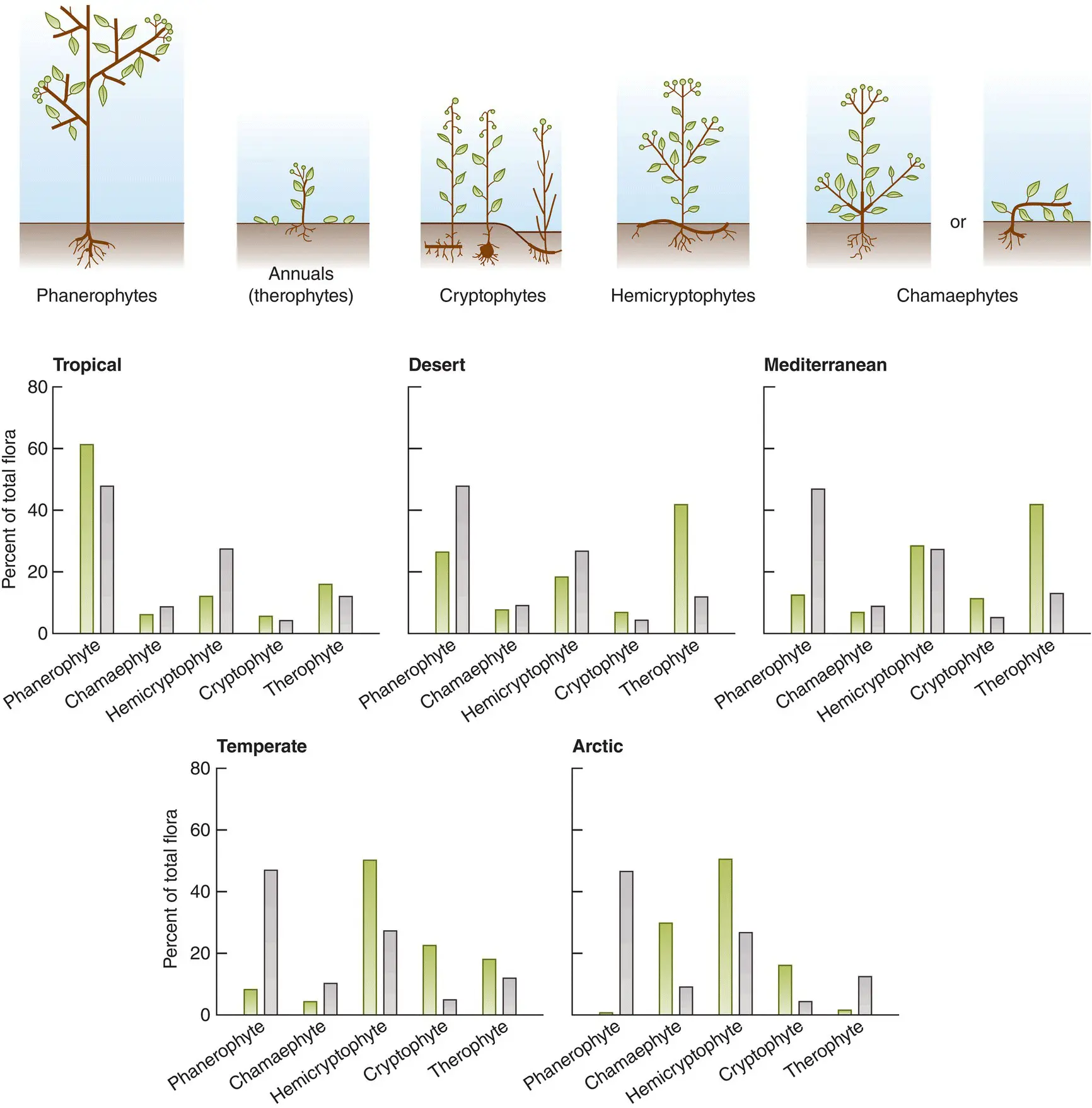
Figure 1.24 Raunkiaer’s life forms.The drawings above depict the variety of plant forms distinguished by Raunkiaer on the basis of where they bear their buds (shown as green circles). Below are life form spectrums for five different biomes. The green bars show the percentage of the total flora that is composed of species with each of the five different life forms. The grey bars are the proportions of the various life forms in the world flora for comparison.
Source : From Crawley (1986).
Raunkiaer’s plant classification
Plants grow by developing new shoots from the buds that lie at the apices (tips) of existing shoots and in the leaf axils. Within the buds, the meristematic cells are the most sensitive part of the whole shoot – the ‘Achilles’ heel’ of plants. Raunkiaer argued that the ways in which these buds are protected in different plants are powerful indicators of the hazards in their environments and may be used to define the different plant forms ( Figure 1.24). Thus, trees expose their buds high in the air, fully exposed to the wind, cold and drought; Raunkiaer called them phanerophytes (Greek phanero , ‘visible’; phyte , ‘plant’). By contrast, many perennial herbs form cushions or tussocks in which buds are borne above ground but are protected from drought and cold in the dense mass of old leaves and shoots ( chamaephytes : ‘on the ground plants’). Buds are even better protected when they are formed at or in the soil surface ( hemicryptophytes : ‘half hidden plants’) or on buried dormant storage organs (bulbs, corms and rhizomes – cryptophytes : ‘hidden plants’; or geophytes : ‘earth plants’). These allow the plants to make rapid growth and to flower before they die back to a dormant state. A final major category consists of annual plants that depend wholly on dormant seeds to carry their populations through seasons of drought and cold ( therophytes : ‘summer plants’). Therophytes are the plants of deserts (they make up nearly 50% of the flora of Death Valley, USA), sand dunes and repeatedly disturbed habitats. They also include the annual weeds of arable lands, gardens and urban wastelands.
But there is, of course, no vegetation that consists entirely of one growth form. All vegetation contains a mixture, a spectrum, of Raunkiaer’s life forms. The composition of the spectrum in any particular habitat is as good a shorthand description of its vegetation as ecologists have yet managed to devise. Raunkiaer compared these with a ‘global spectrum’ obtained by sampling from a compendium of all species known and described in his time (the Index Kewensis ), biased by the fact that the tropics were, and still are, relatively unexplored. Thus, for example, we recognise a chaparral type of vegetation when we see it in Chile, Australia, California or Crete because the life form spectrums are similar. Their detailed taxonomies would only emphasise how different they are.
APPLICATION 1.6 Stream invertebrate species traits and agricultural pollution
Читать дальше
